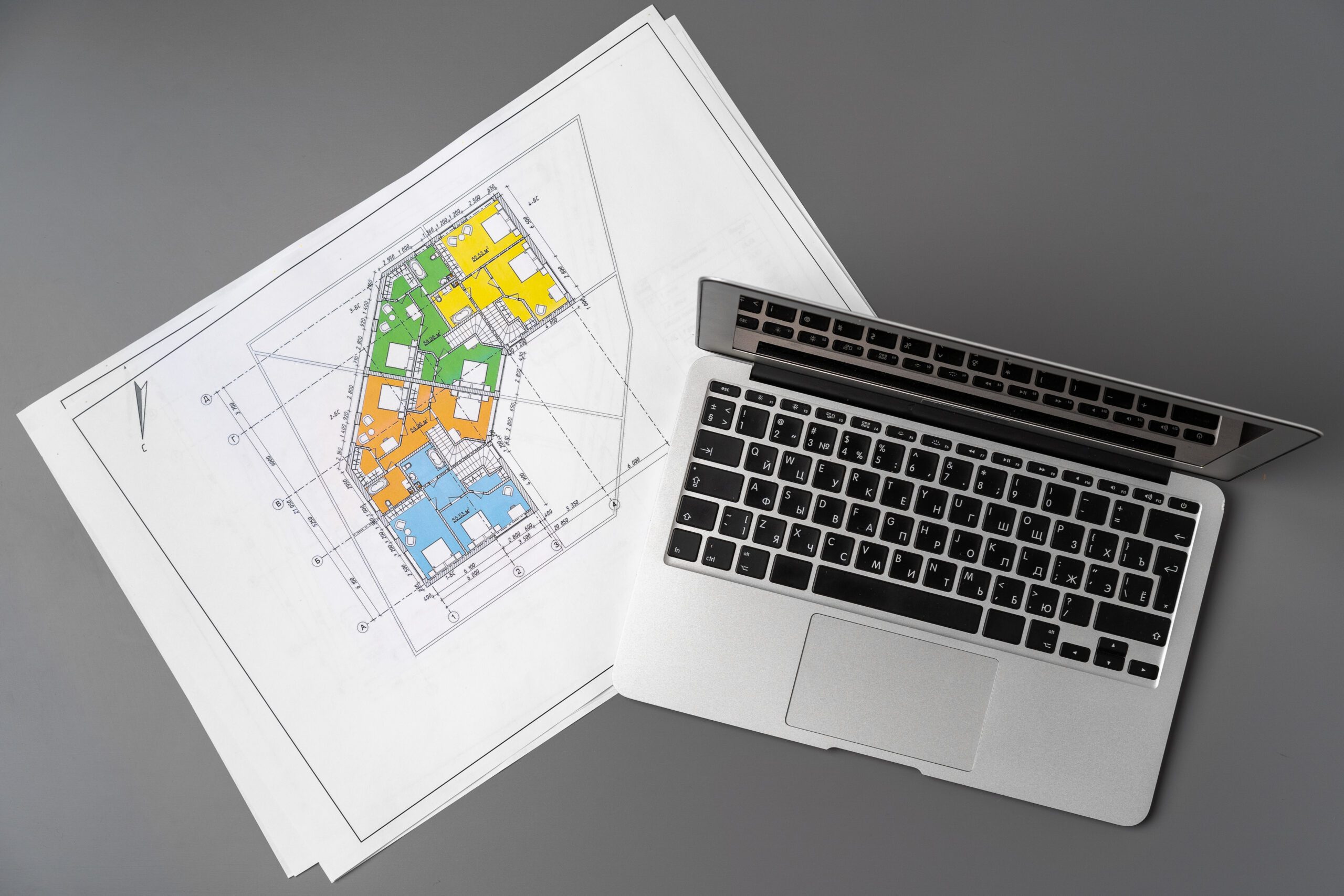Residential property Yardi implementation is never an easy task. From timing to clarity and knowing what it takes to make the transition work, it takes a lot for it to be successful. Especially when tenant satisfaction is at stake.
There is not a shred of doubt that Yardi is a robust platform built to handle the growing demands of the real estate management industry. But the success of the system depends heavily on successful implementation. Missteps during the early stages can lead to messy data, delays in rent processing, and low team confidence.
After guiding dozens of teams through implementation across various portfolio types, we’ve identified five key best practices that consistently lead to smoother transitions, faster adoption, and long-term gains.
Build a Project Team That Understands Operations
One of the most common challenges in residential property Yardi implementation is the disconnect between system capabilities and real-world workflows. It’s not uncommon for a software administrator to set up functions that look great on paper, but don’t reflect how property managers and leasing teams actually operate day to day.
That’s why the implementation team should be more than just IT and accounting. Ideally, it should include a property manager, a leasing coordinator, and someone with hands-on knowledge of how units are marketed, tenants are onboarded, and service requests are managed.
These voices help guide the configuration of the residential property management system so that it mirrors your team’s actual needs, not just the system’s default options.
Don’t Skip the Discovery Phase
It can be enticing to dive straight into menus, modules, and user permissions. But without a clear map of current workflows, problems with your old system are likely to follow you into the new one.
Before configuring anything in Yardi, conduct detailed process mapping for each department. Understand what’s working, what’s not, and identify bottlenecks.
These insights will guide your Yardi implementation checklist, making sure you configure features in a way that reflects how you want your operations to function going forward.
This is especially important when onboarding multiple communities or regional teams at once. Remember, consistency and scalability matter more than short-term convenience.
Treat Data Migration as a Full-Scale Project
The reliability of your new residential property management system will depend on the quality of the data being loaded into it. For teams migrating from legacy platforms or even spreadsheets, this part of the implementation often becomes a source of unexpected delays.
Set aside time to clean, normalize, and review your data long before it’s imported into Yardi. Standardize naming conventions, check lease start/end dates for accuracy, and verify that accounting entries tie out with your most recent reconciliations.
This becomes even more critical when dealing with multi-family property management software, where shared amenities, parking assignments, or layered unit types can complicate records. Bad data compromises reporting, confuses staff, and frustrates tenants from day one. It’s worth benefiting from Yardi consulting for residential units if your internal team doesn’t have the bandwidth to validate the data thoroughly.
Align Training to Job Roles
Effective training is one of the most overlooked factors in a successful residential property Yardi implementation. Many companies rely on generic video tutorials or a single system walkthrough, assuming staff will fill in the rest. That’s rarely the case.
Instead, design training sessions around daily job responsibilities. Or hire expert Yardi consultants to train your team.
Leasing agents should practice entering guest cards and converting them to move-ins. Maintenance coordinators should focus on work order creation, scheduling, and closeout. Accountants should walk through bank reconciliations, journal entries, and owner distributions.
This role-based approach increases retention and helps staff build confidence using only the parts of the system that apply to their work. Training shouldn’t end after go-live. Schedule follow-up check-ins and ongoing access to Yardi training for property managers, especially as your processes evolve or new features are introduced.
Prioritize Accounting Setup
Yardi’s accounting engine is powerful, but it can also be unforgiving if it is set up improperly. The chart of accounts, property-level financials, intercompany rules, and owner structures all need to be configured with precision from the outset.
Teams implementing Yardi Voyager for residential properties should work closely with a trained accountant or certified implementation partner to setup Yardi accounting for residential portfolios correctly.
This includes validating how property-level expenses will roll up, making sure that management fees are calculated according to ownership agreements, and confirming that trust accounting (if applicable) follows state-specific compliance standards.
Without proper attention to this area, financial reporting becomes difficult, errors compound over time, and back-end corrections get expensive. Accounting setup deserves just as much planning and testing as your operational workflows during residential property Yardi implementation.
Conclusion
A successful residential property Yardi implementation doesn’t come from just “going live.” It comes from understanding your team’s needs, planning carefully, and executing in stages. When done right, Yardi becomes more than just software; it becomes a central operating system for your portfolio.
And while it’s tempting to rush through setup to get started sooner, the time spent on training, data prep, and role alignment will pay off in the months and years to come. Whether you’re onboarding Yardi for rental portfolios for the first time or reconfiguring after growth, following these best practices can make all the difference.
If your team needs support with implementation, training, or post-launch adjustments, ND Consulting is here to help. We specialize in customized solutions for residential property teams using Yardi, and we’ll help you build a system that works the way you do.





